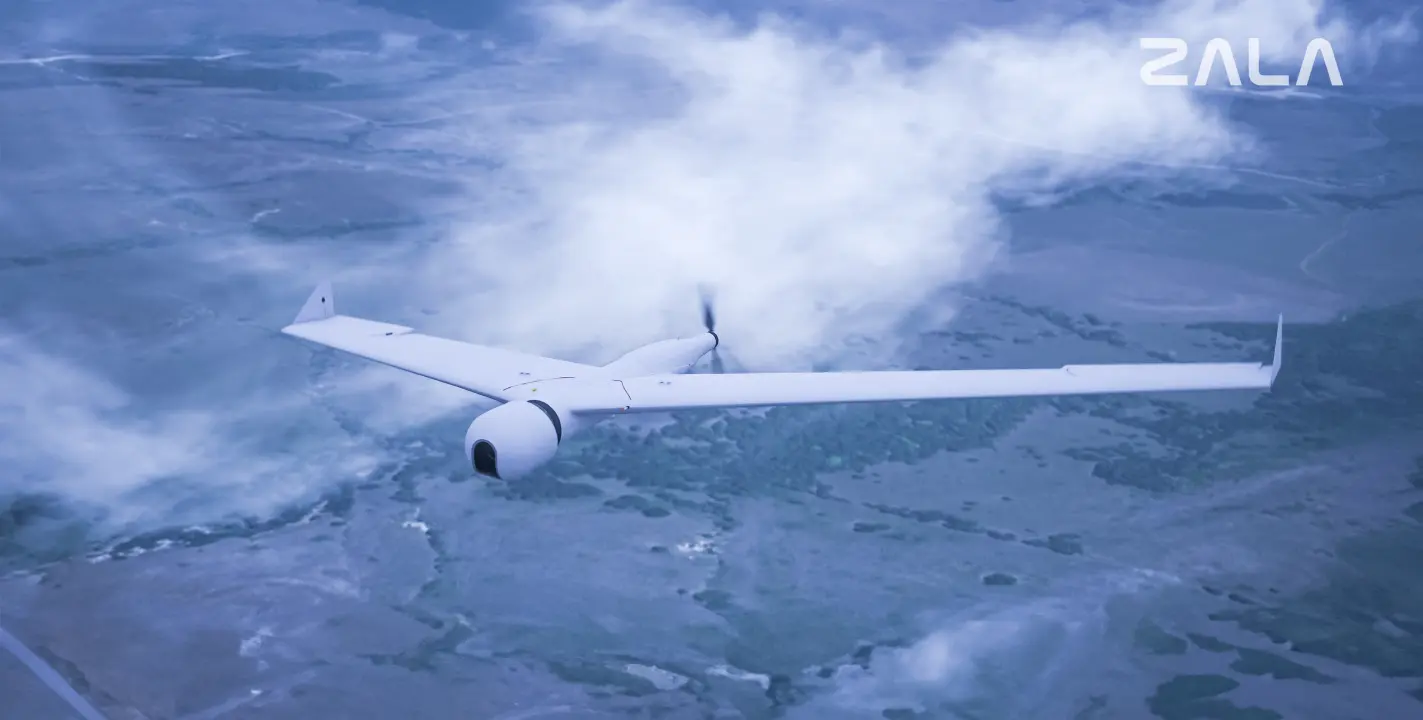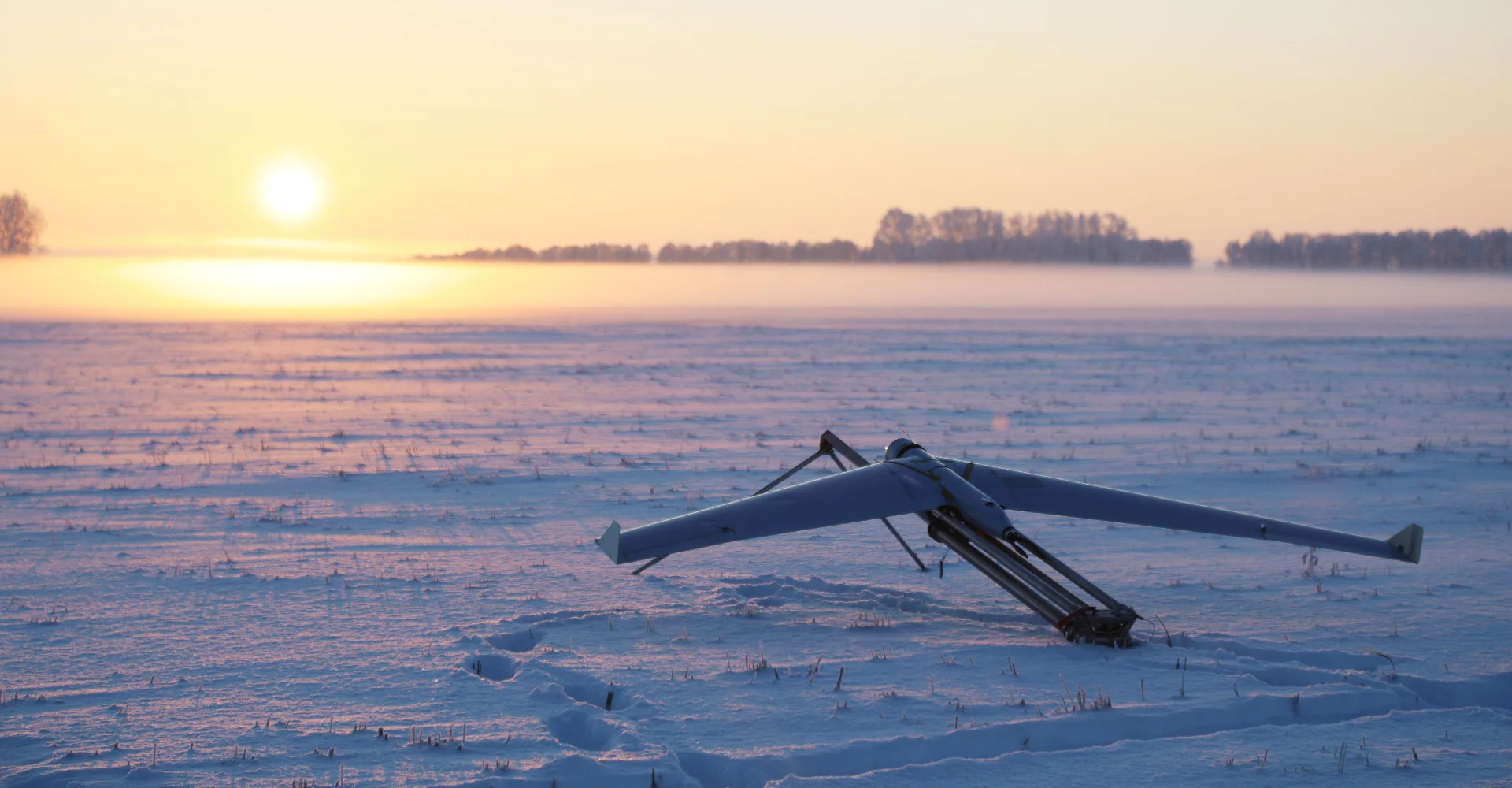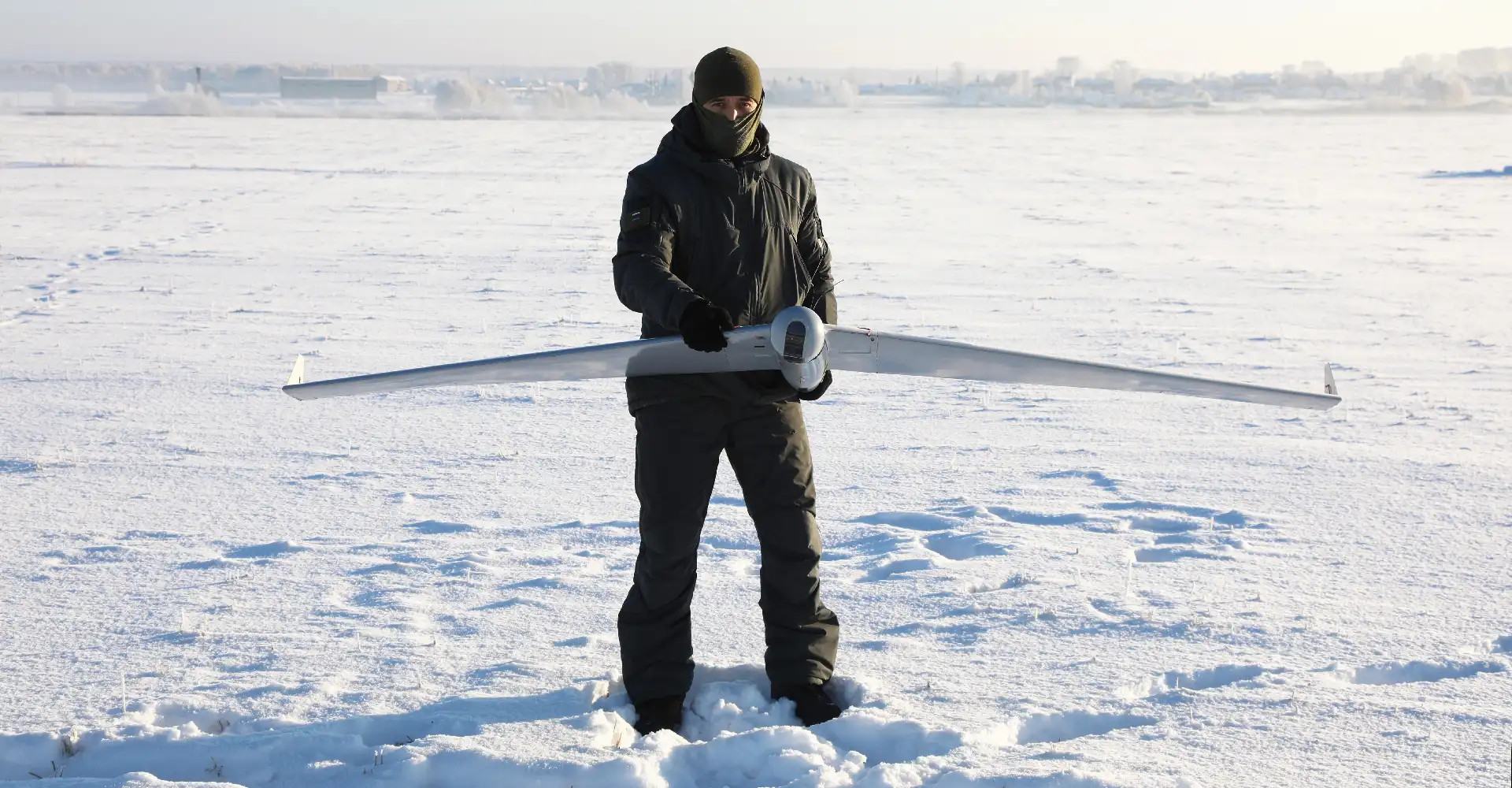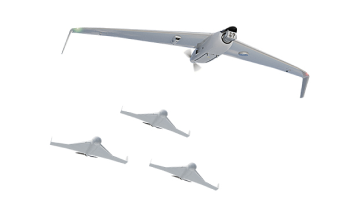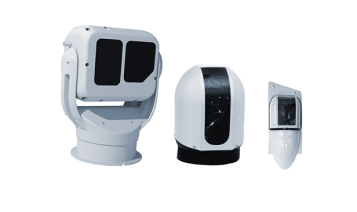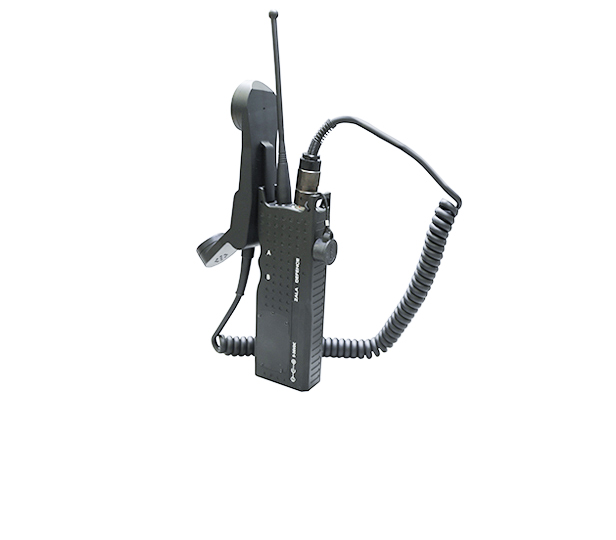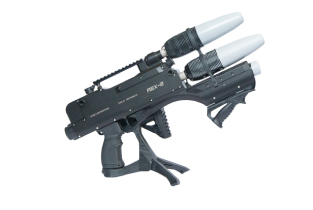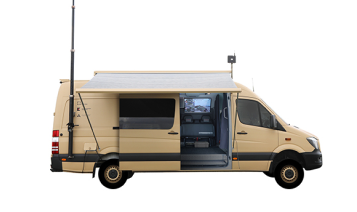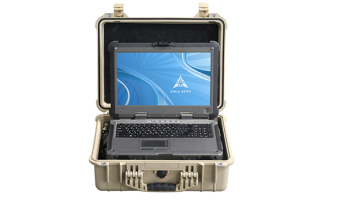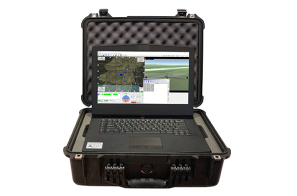ZALA AERO has unveiled the ZALA Arctic unmanned aerial system
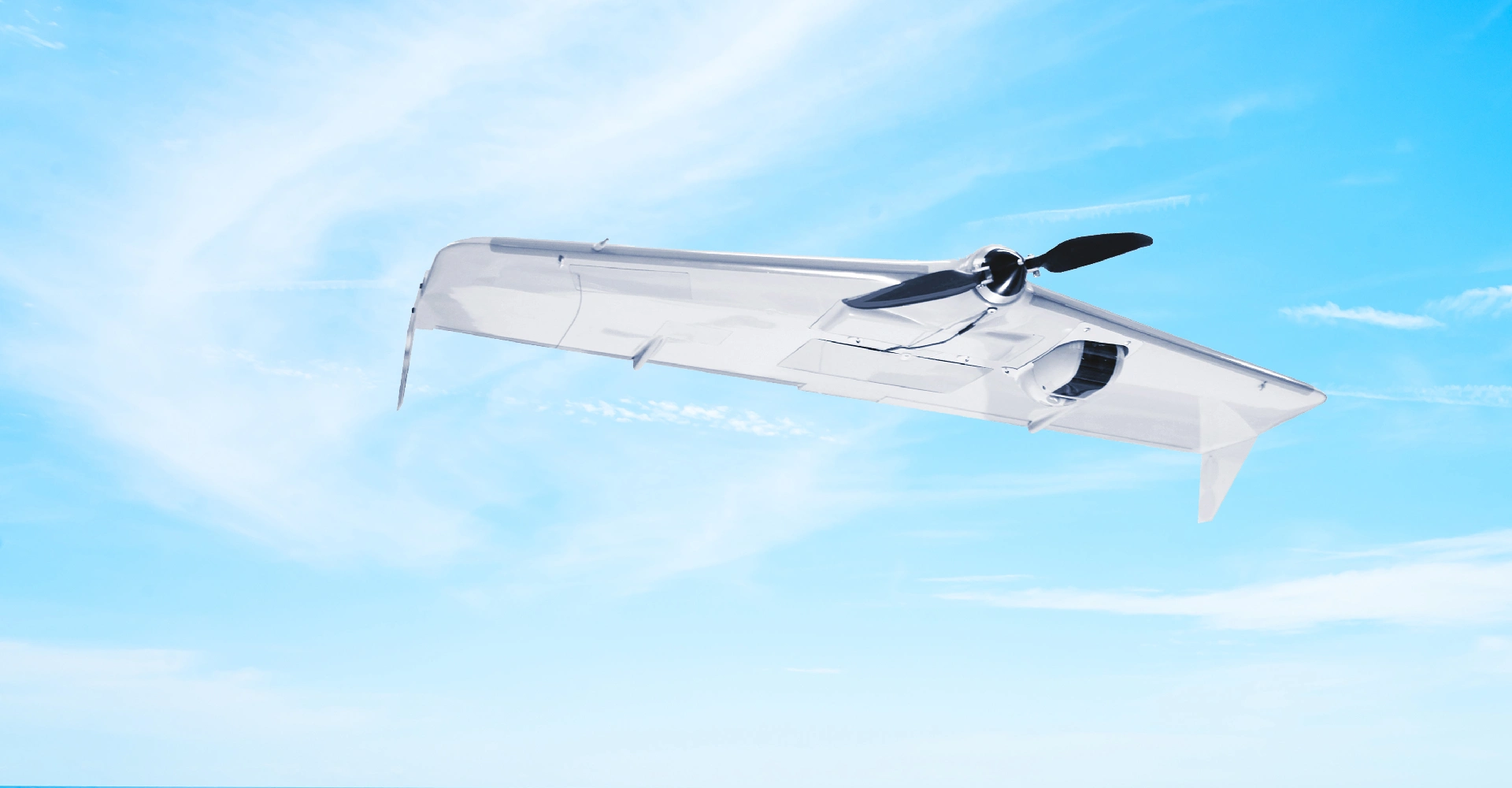
Within the framework of the VIII International Forum "Arctic: Present and Future", Vladimir Dmitriev, General Director of Kalashnikov Concern, spoke about the capabilities of the new ZALA Arctic unmanned system adapted to work in the Arctic latitudes.
"ZALA Arctic series UAVs are capable of successfully solving civil and military tasks in conducting research in the Arctic zone, ensuring the safety of maritime navigation, round-the-clock protection of perimeters, and organising a full-fledged tracking system for the Arctic coast and territorial waters," said Vladimir Dmitriev, General Director of Kalashnikov Concern.
Thanks to the adaptability of ZALA 421-08M and ZALA 421-16E complexes to operate at significant sub-zero temperatures, it is possible to safely conduct numerous reconnaissance operations and regular monitoring of ice conditions. The capabilities of ZALA Arctic help to plan oil and gas production operations where accurate weather and ice forecasts are required.
ZALA unmanned aerial systems are equipped with an AIS system capable of detecting and identifying vessels at a distance of up to 100 kilometres, which is several times greater than the range of ground-based assets. The user of the ZALA Arctic complex receives information about each vessel - name, dimensions, course and speed. The complex has its own alternative navigation system GIRSAM. This system is designed specifically for navigation of both unmanned aircraft and land/overwater users in conditions of suppressed or absent GPS or GLONASS signals.
Unmanned aerial vehicles are capable of performing tasks at any time of day, with a flight duration of up to 250 minutes. High-quality data processing is ensured by decoding of the primary material by proprietary software. The complex has high economic efficiency as compared to such traditional monitoring means as manned aviation and ground team.
UAS operators can live autonomously in the Arctic in a specially designed all-season living module based on a 20-foot sea container. It is also designed for rational on-site maintenance of unmanned aircraft systems.
The main advantage of the container is complete independence of the life support system from external power sources: the complex is equipped with all the necessary machinery and equipment. The container's steel outer shell and internal insulation with special heat-resistant plastic ensure its uninterrupted operation even at the lowest temperatures.
